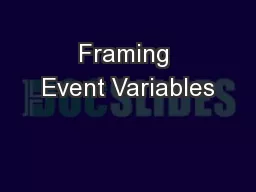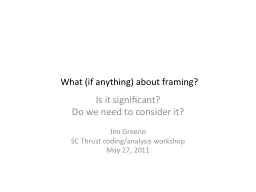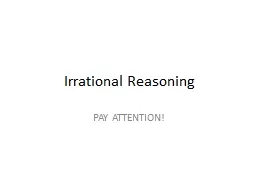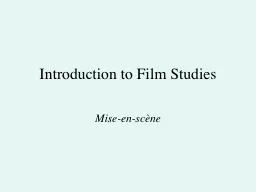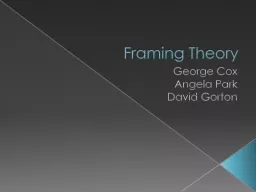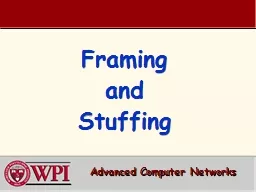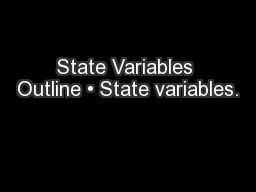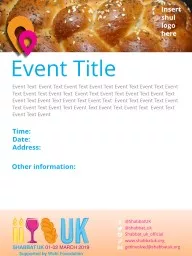PPT-Framing Event Variables
Author : myesha-ticknor | Published Date : 2015-11-09
Paul M Pietroski University of Maryland Dept of Philosophy Dept of Linguistics James Atlas on Global Warming NY Times Nov 25 2012 a good chance that New York City
Presentation Embed Code
Download Presentation
Download Presentation The PPT/PDF document "Framing Event Variables" is the property of its rightful owner. Permission is granted to download and print the materials on this website for personal, non-commercial use only, and to display it on your personal computer provided you do not modify the materials and that you retain all copyright notices contained in the materials. By downloading content from our website, you accept the terms of this agreement.
Framing Event Variables: Transcript
Download Rules Of Document
"Framing Event Variables"The content belongs to its owner. You may download and print it for personal use, without modification, and keep all copyright notices. By downloading, you agree to these terms.
Related Documents

